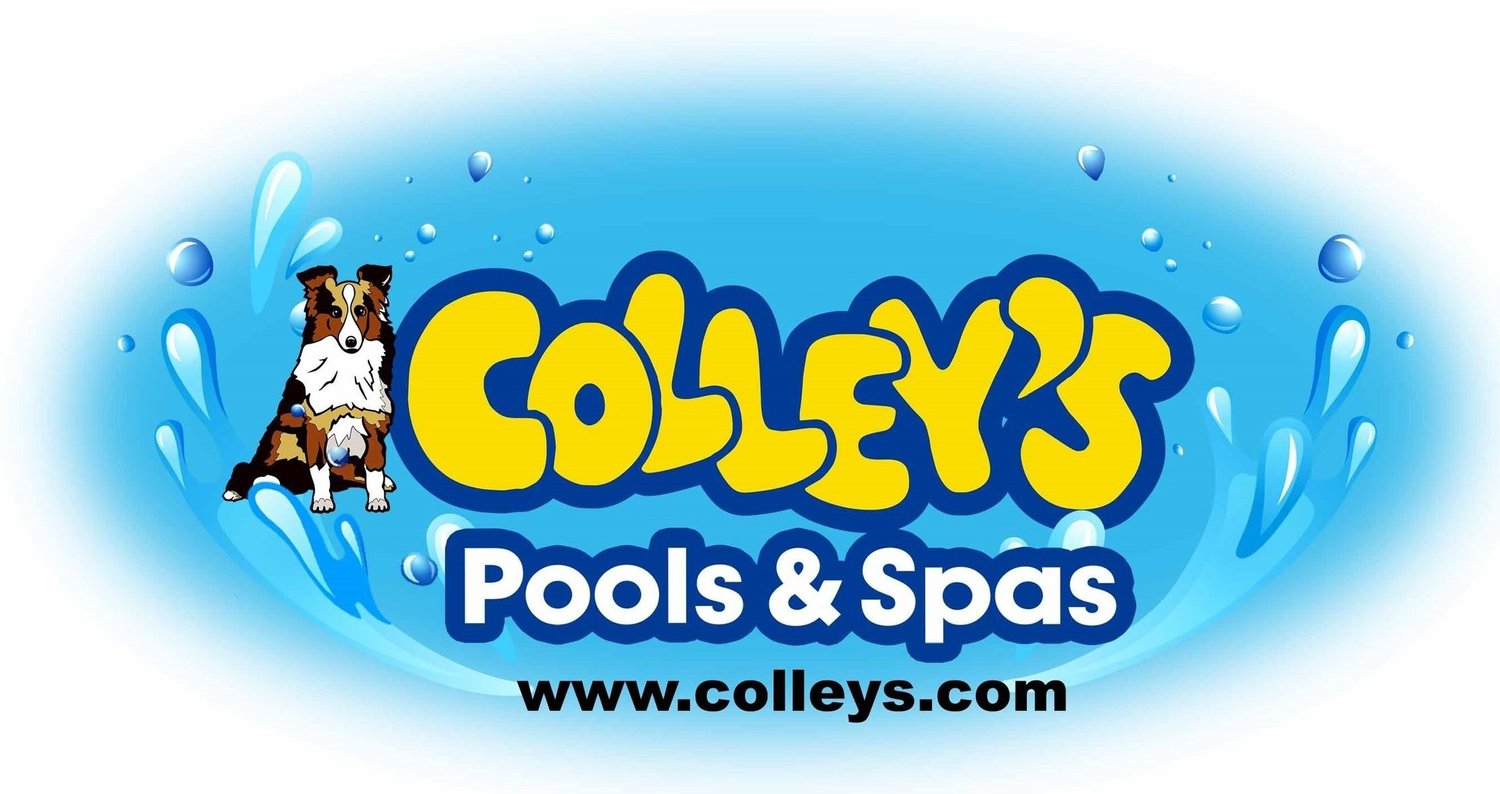Green Algae
WHAT CAUSES THE GREEN?
In most cases, green pools are caused by neglect in attention to chemistry or circulation. The green color is free-floating algae, but sometimes is can cling to walls as well. Neglecting water chemistry or procrastinating with your sanitizer regiment will put you at higher risk of having a green pool.
HOW TO RID THE GREEN:
v Remove the debris from the floor of the pool and brush the pool walls and floor. (Continue to do so as you work through treating the pool.)
v Adjust your pH back to a neutral 7.2-7.6.
v With pump running we recommend you add BioGuard Algae Complete dosed to match the gallonage of the pool.
v Add a sanitizer alongside the Algae Complete from the above step. The Algae Complete will work to open up the algae and make it vulnerable, where as the sanitizer will infiltrate and kill the Green in the water system. It is recommended to follow the instruction of a pool care professional for dosages of sanitizer to add based on gallonage of the pool and severity of the current state of the water system in question. Proper sanitizers for chorine, salt system, or bromine pools are listed below:
Ø Super Shock or ReFresh (Commonly called CalHypo)
Ø Smart Shock or Colleys Stabilized Granular (Commonly called TriChlor)
Ø Liquid Chlorine
v Continue to run the pump and filter system for 24-48 hours backwashing or cleaning the filters as needed. It is important to have a functional pressure gauge to monitor pressure inside of the filter as it works to filter out the dead algae.
v Recheck pH levels and adjust as needed.
Ø Adding sanitizers in larger than normal volume tend to raise the pH in the pool system.
v If the pool is still green after 24 hours, but lighter in color repeat the sanitizer step using ½ the suggested amount of sanitizer and backwash/clean the filter again as needed for an additional 24 hours.
v After the pool is back to blue, it will most likely be very cloudy and in need of filtering to snap back to clear. Filter systems need to be ran continuously until the pool is clear and filters need to be backwashed/cleaned regularly throughout this clearing process. If you would like to clear the pool faster and more efficiently, we recommend using BioGuard Pool 911 to clear water quickly.
v Most importantly, once you have achieved a pool that is back to “normal”, it is important to chemically clean the sand, cartridge, or DE filter. We recommend using BioGuard Strip-Kwik to clean and strip the sand. For cartridge filters or DE systems, we recommend using Jacks Magic Power Blue Spray Cleaner or BioGuard Kleen It to kill any remaining Green found in the filter system. This step is incredibly important to ensure the system does not end up with a reoccurring Green problem.
**NOTE: Biguanide pools need to treat for Green differently than Chlorine/Bromine Pools. Failure to treat them differently can result in damage to the pool and equipment.
HOW TO PREVENT GREEN POOLS:
· Make sure to be running your pump and filter system 10 – 12 hours a day minimum, and make sure this is set to operate during the day. This recommendation of time is based on normal pool volume and pool temperature. Extenuating situations and systems exist that will need to operate for longer durations that this even.
· Be sure to have your system running efficiently.
Ø Check to make sure pressure in your filter is at a normal level.
Ø Check your pump prime is full and water is moving efficiently.
Ø Make sure to keep skimmer baskets and pump baskets free of debris to keep flow at a normal level.
· The key to keeping a pool from turning green more than anything, is water chemistry. Be sure to keep your sanitizer level at an optimal level, keep pH levels in range, and keep your Alkalinity levels in check. Failure to keep these three main chemistry components in check will result in pool water and equipment issues.
**NOTE: Be sure to read all label directions before adding any products to your swimming pool.


